Discover how Matt Wright, host of ‘Outback Wrangler,’ captured and relocated a massive 18-Foot Crocodile crocodile named Rex.
Australian crocodile wrangler Matt Wright recently captured and relocated a monstrous five-meter crocodile named Rex, known for preying on livestock in the Northern Territory. This thrilling encounter underscores the challenges and responsibilities of managing dangerous wildlife in the Australian Outback.
What Was the Crocodile Doing on the Property?

The five-meter crocodile, affectionately named Rex, had been eating cattle on a Northern Territory property. Its predatory behavior was causing significant problems for the local farmer, leading to the need for intervention.
How Did Matt Wright Capture the Crocodile?

Matt Wright, the host of the National Geographic show ‘Outback Wrangler,’ captured the crocodile using his expertise in wildlife management. He restrained the crocodile with a blanket over its face and duct tape around its mouth to ensure safety during the capture and relocation process.
What Measures Were Taken to Ensure the Crocodile’s Safety During Relocation?

The crocodile’s mouth and tail were secured with rope, and its body was placed on an old mattress on a trailer. These measures were taken to prevent the crocodile from harming itself during the move to its new home on Matt Wright’s property.
Why Was the Crocodile Named Rex?
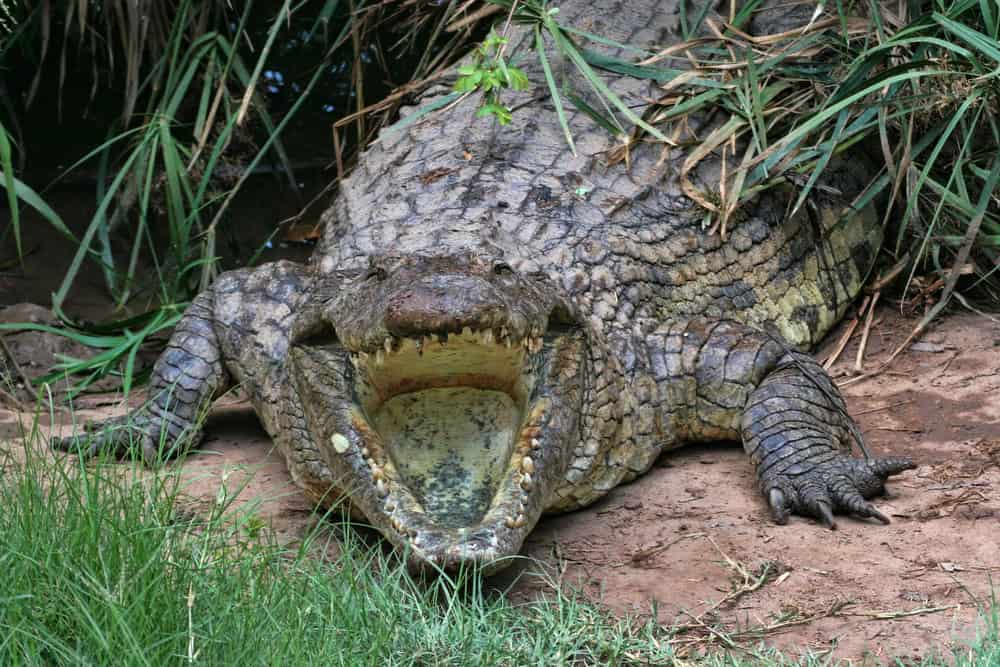
The crocodile was named Rex by Matt Wright’s fans. Despite missing a significant chunk of its tail, Rex measured 5.1 meters in length, highlighting its impressive size and strength.
What Is the Importance of Relocating Problem Crocodiles?

Relocating problem crocodiles like Rex allows them to live safely away from human populations. This practice prevents the animals from being destroyed and enables them to live long and healthy lives in a controlled environment, reducing the risk to both humans and livestock.
What Does Matt Wright’s Relocation Process Involve?

Matt Wright’s relocation process involves capturing the crocodile, securing it safely, and transporting it to a new home. He uses his skills and experience to ensure the crocodile’s well-being while minimizing risks to people and other animals.
Matt Wright Catches 18-Foot Long (5M) Crocodile!
How Did People React to the Size of the Crocodile?

People on social media were shocked by the size of the crocodile, with many expressing disbelief and awe. Comments ranged from exclamations of shock to humorous comparisons to dinosaurs and Jurassic Park creatures.
Watch the Aftermath
What Role Does Matt Wright Play in Wildlife Management?
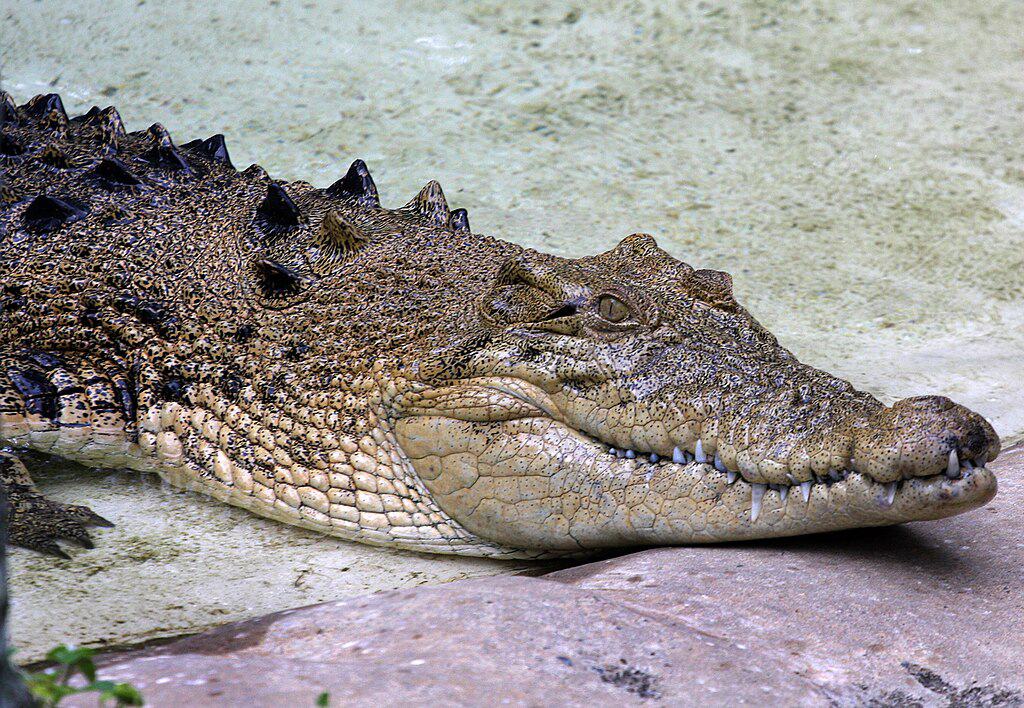
Matt Wright is a helicopter pilot and wildlife relocator who specializes in capturing and relocating large and dangerous animals. He stars in the National Geographic show ‘Outback Wrangler’ and his new show, ‘Monster Croc Wrangler,’ where he documents his adventures in managing wildlife in the Australian Outback.
How Did Matt Wright Handle the Release of Rex?

Upon relocating Rex to his property, Matt Wright carefully removed the tape and blanket covering the crocodile. Rex immediately opened its massive mouth and rolled off the trailer, demonstrating its powerful and unpredictable nature.
Why Is It Important for Humans and Wildlife to Coexist?

Matt Wright emphasizes the importance of coexistence between humans and wildlife. By relocating dangerous animals instead of destroying them, Wright promotes a balance that allows people and animals to share the environment safely and sustainably.
What Are Some Challenges of Capturing Large Crocodiles?

Capturing large crocodiles like Rex involves significant risks, including the animal’s strength and unpredictable behavior. The process requires careful planning, specialized equipment, and a deep understanding of crocodile behavior to ensure a successful and safe capture.
How Does Matt Wright Educate the Public About Wildlife?
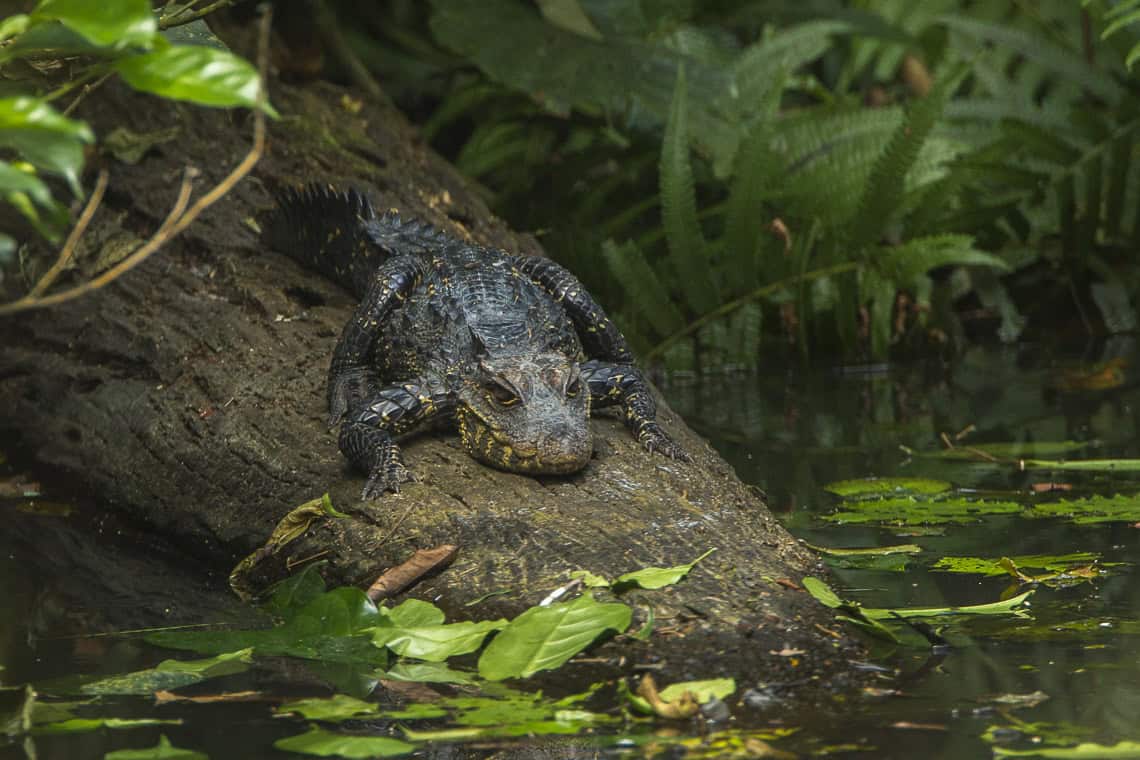
Matt Wright uses his television shows and public appearances to educate people about wildlife and the importance of conservation. By bringing people close to these magnificent animals, he raises awareness and fosters a greater appreciation for their role in the ecosystem.
What Was the Reaction of the Farmer to the Relocation of Rex?
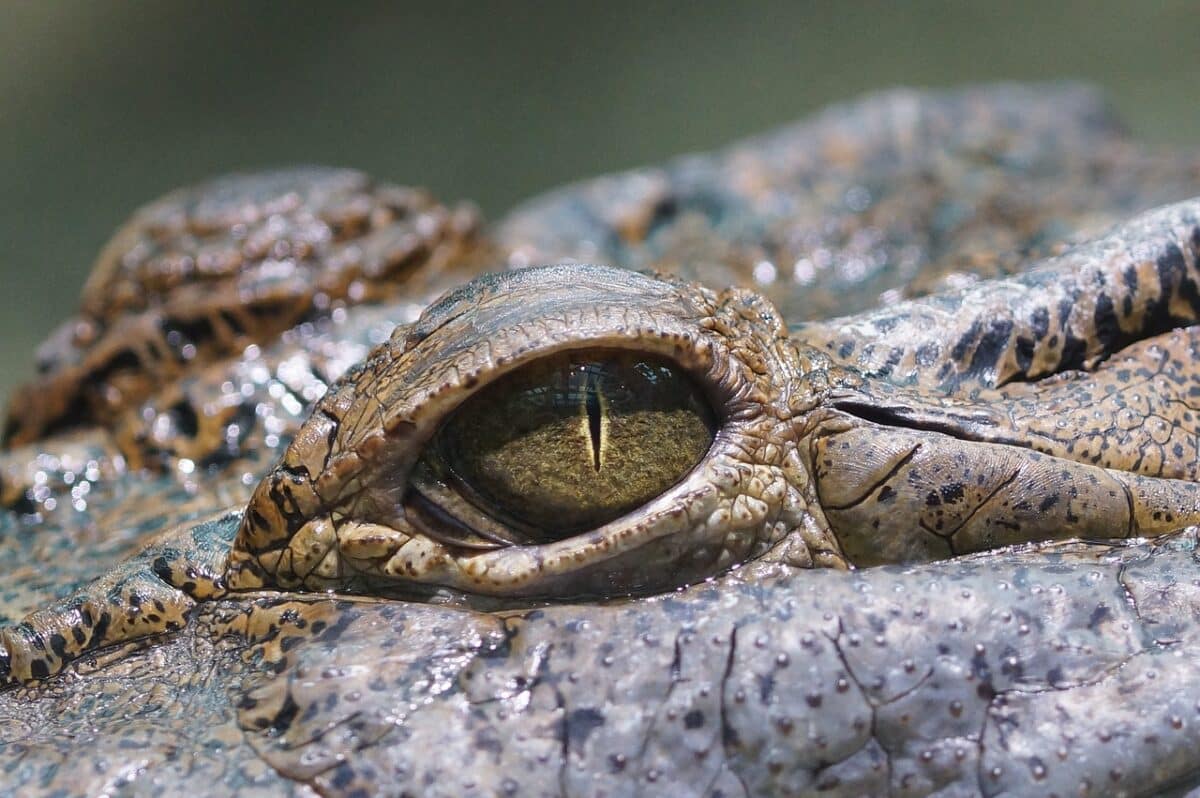
The farmer who owned the property where Rex was preying on cattle was relieved and supportive of the relocation. Moving the crocodile to a safe new home prevented further losses of livestock and ensured the safety of the farmer’s operations.
How Does Matt Wright’s Work Benefit Local Communities?
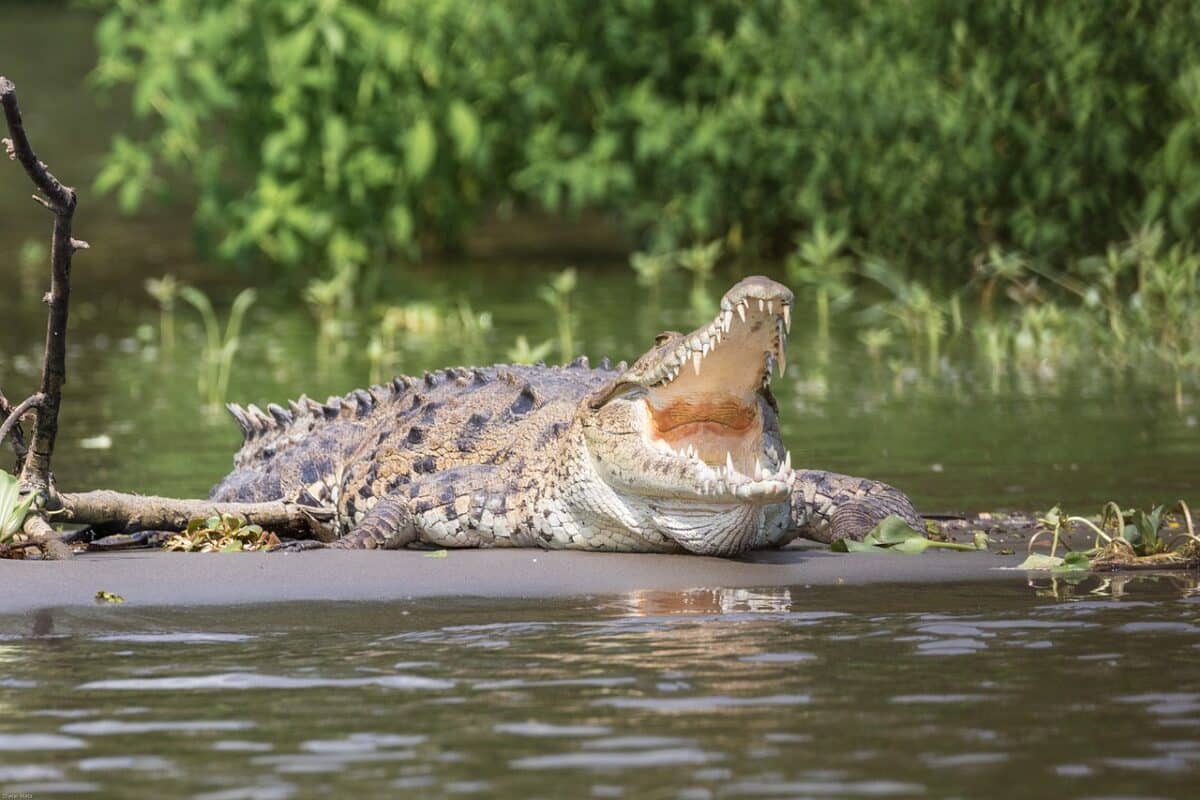
Matt Wright’s work in capturing and relocating dangerous wildlife helps protect local communities from potential threats. By removing problem animals and educating the public, he contributes to safer and more harmonious interactions between humans and wildlife.
What Is the Future for Rex After Relocation?
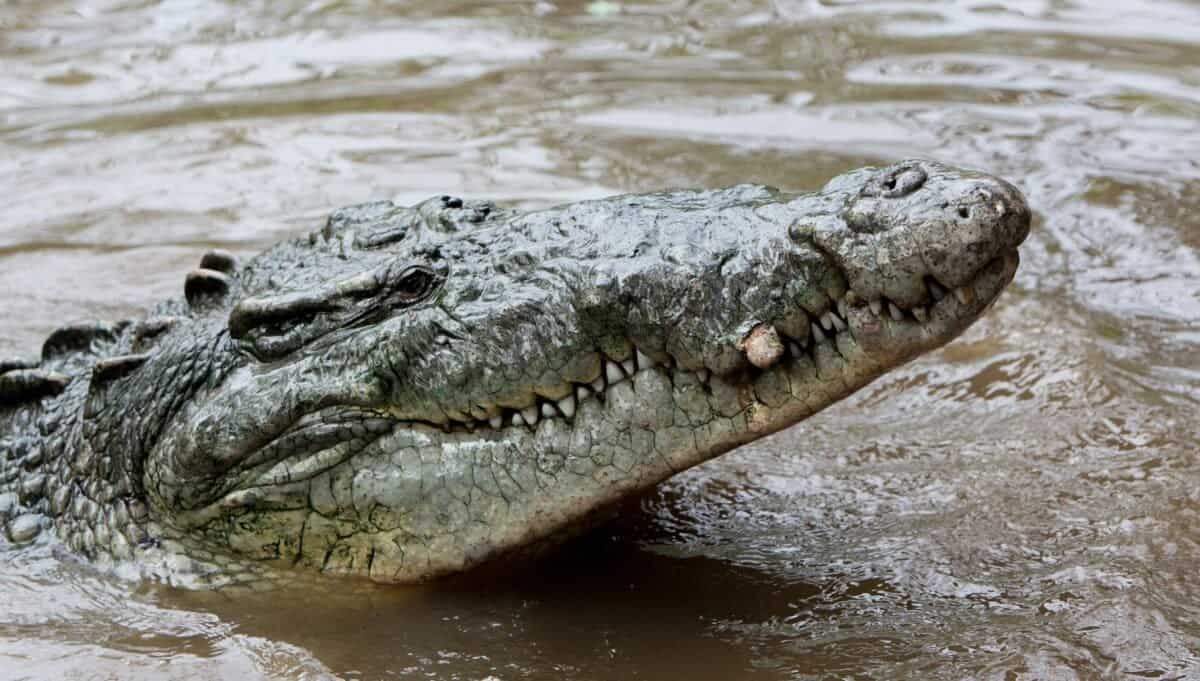
After being relocated to Matt Wright’s property, Rex will live in a controlled environment where he can thrive without posing a threat to livestock or people. Wright’s approach ensures that Rex can have a long and healthy life away from human conflicts.
How Does Matt Wright Train for Wildlife Relocation?
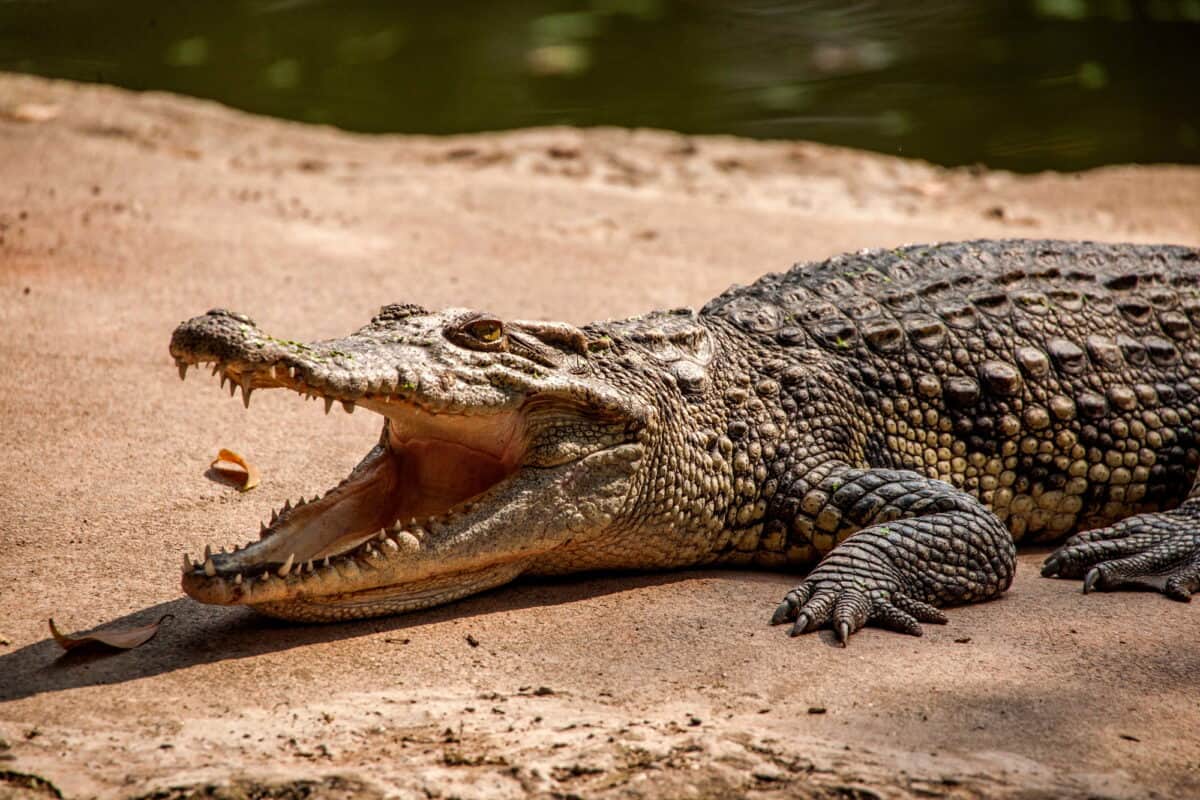
Matt Wright’s training involves a combination of practical experience and continuous learning about wildlife behavior and capture techniques. His background as a helicopter pilot and wildlife relocator equips him with the skills needed to handle complex and dangerous situations.
What Lessons Can Be Learned from Rex’s Capture and Relocation?
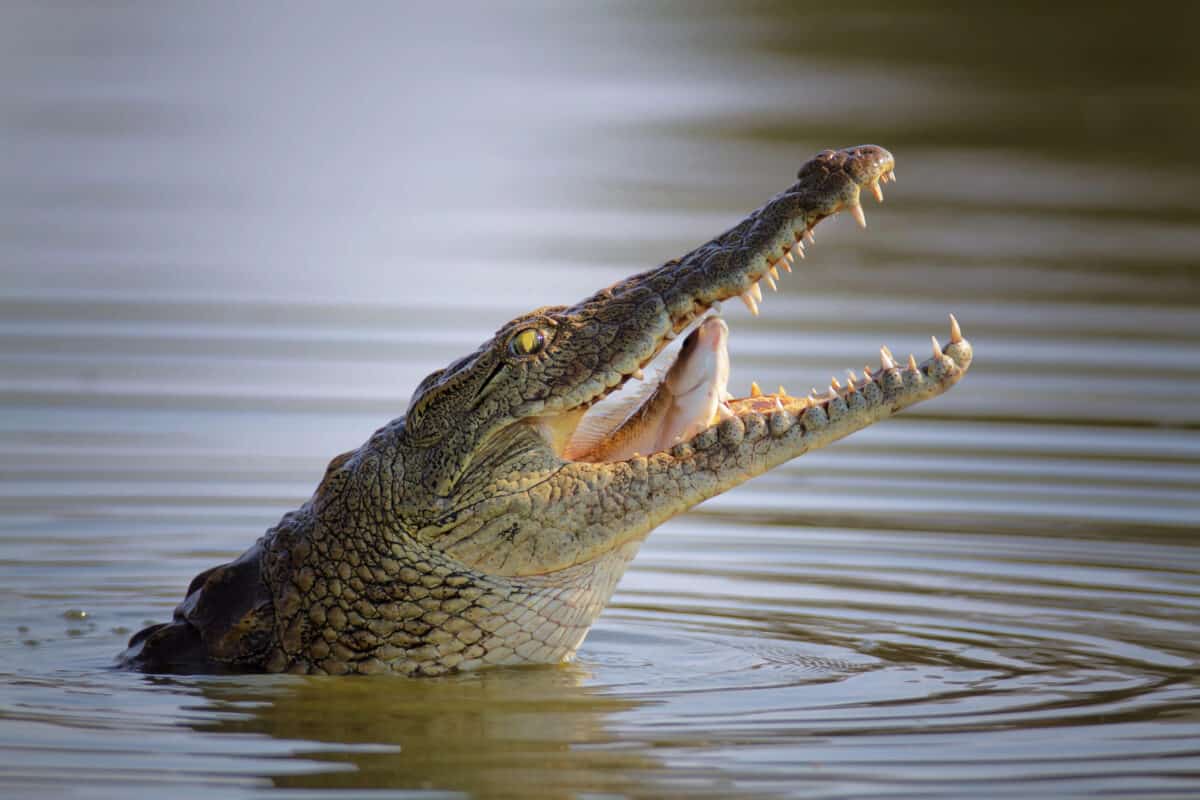
Rex’s capture and relocation demonstrate the importance of humane wildlife management practices. The approach taken by Matt Wright highlights the benefits of relocation over destruction, promoting coexistence and conservation of wildlife.
What Are the Key Takeaways from Matt Wright’s Adventure with Rex?

Matt Wright’s adventure with Rex underscores the challenges of managing dangerous wildlife and the importance of coexistence. The successful capture and relocation of the massive crocodile reflect Wright’s commitment to conservation and the protection of both humans and animals.
What did you think about this 18-Foot Crocodile?
Next Up:
Record-Breaking 14-Foot Hammerhead Shark Caught on Camera Near Florida Keys
Whale Watchers Encounter 100-Ft-Long Blue Whale
Hunter and Dog Eliminate 50 Green Iguanas in Less than 6 Hours in Florida
Join our Forum for free today!



